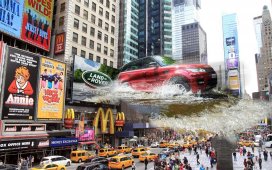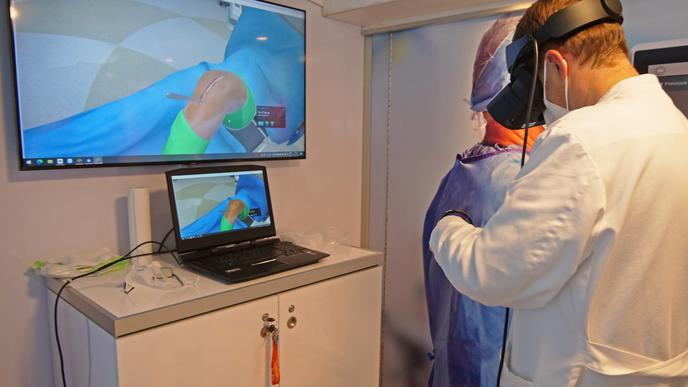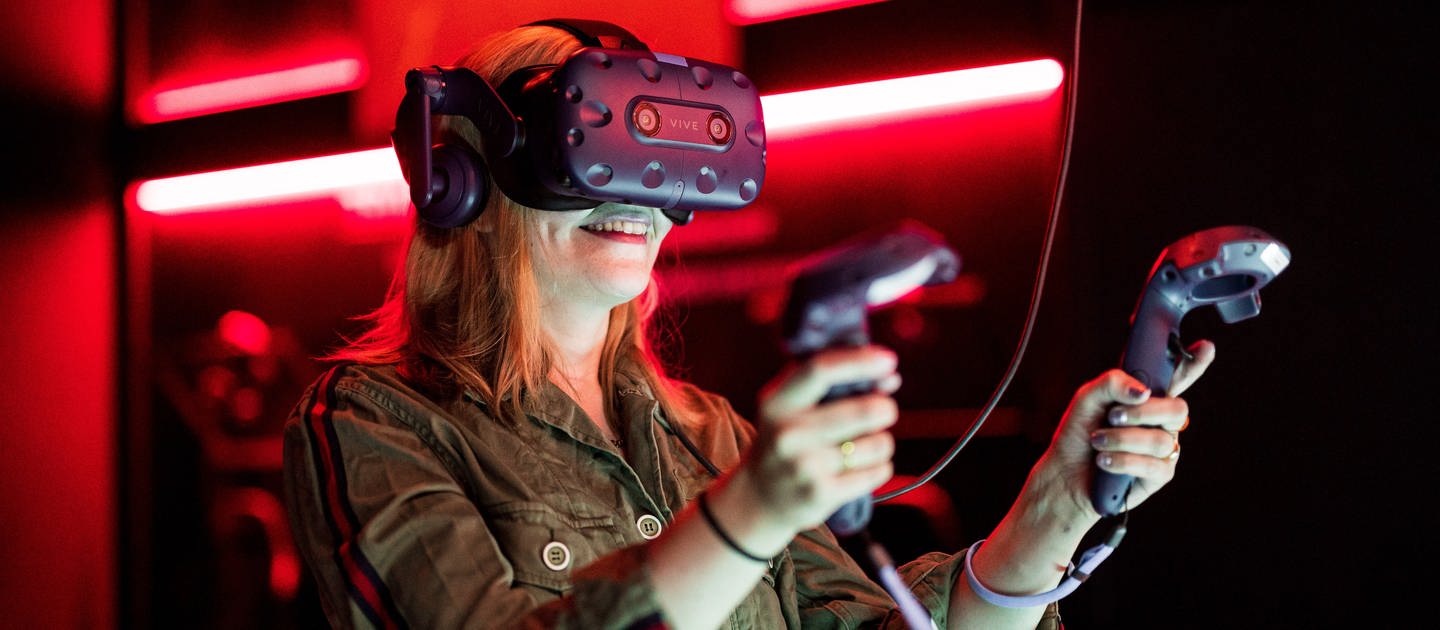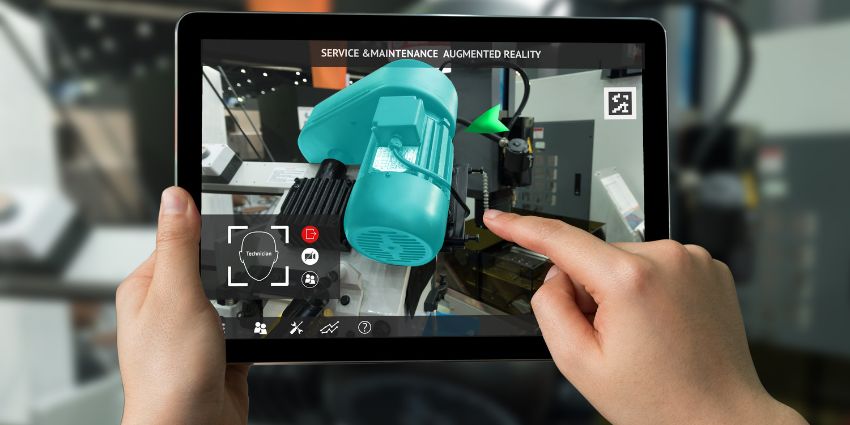The Future of Retail and Shopping in a Digital-First World
When was the last time you shopped in a physical store? In just a few months, COVID-19 has turned in-store shopping into something merely nostalgic.
Many retail brands with brick and mortar stores have pivoted and profited from a digital presence. However, the experiential nature of shopping – the desire for tactile and sensory – is still highly valued by consumers.
According to a survey by Global Web Index, consumer behaviours boosted by the pandemic that will likely become habits include BOPIS (Buy Online, Pick Up in Store), curbside pickup, and mass adoption of digital-based spending. The unprecedented transition from human experiences to digital experiences now means that all businesses need to be digital by default.
Brands that offer seamless purchasing, fast delivery and personalized experience will win the greatest market share, but what else can be done to bridge the physical, in-store experience with e-commerce and digital? Augmented reality may be the answer.
AR technology enables an enhanced experience by superimposing information – images, text, sounds – on real-life objects. The sweet spots for today’s augmented shopping capabilities are product sets that are highly standardized with high opportunity for customizing features, such as in automotive, furniture, makeup, home goods, shoes and apparel.
As contactless shopping and rich experiences continue during the pandemic, AR will be a key enabler of offline customer engagement for retailers driving towards a digital customer experience. Here are three ways AR is being implemented.
3 Ways to Implement AR in Shopping and Digital Customer Experience
1. True Scale Virtual Modelling
On e-commerce sites, viewing 3D models using augmented reality increases conversion by up to 250%.
For example, Argos introduced an AR shopping app that allows customers to view full-size visualisations of products in their homes to showcase high ticket items before a purchase is made.
LEGO and IKEA have rolled out AR support in their printed catalogues and packaging where a customer can take a product and see it in the real world and also receive additional information and instant buying options.
An online shopper can now better understand the size of a product and make decisions by seeing how it will look in their space. For companies, this can help reduce product returns and improve customer satisfaction.
2. Try Now, Buy Now
AR is driving sales on top of engagement for fashion and beauty brands that are investing in the technology using social media platforms or directly on their sites.
Sephora uses AR combined with facial recognition to allow a consumer to “try on” different make-up products, shades, textures, as well as seamlessly complete the purchase in one unified experience.
Luxury brands such as Gucci added an AR feature to its app to let users try on sneakers, simply swipe to switch to different pairs, and take photos to share socially.
Creating virtual product options and providing visual representations of themselves enables consumers to buy with more confidence. AR becomes an extension of the brand experience to drive personalized engagement with customers wherever they are.
3. Immersive Storytelling Experiences
Looking at the fast-moving consumer goods (FMCG) sector, AR is a new storytelling opportunity for brands through additional content such as recipes, entertainment, loyalty and rewards.
To promote its special edition Game of Thrones whiskeys, Johnnie Walker created an AR experience for customers to see a scene play out featuring one of the mythical creatures.
Extending this concept further and integrating loyalty powered by AR, brands can digitally reward consumers for engagement actions. A consumer can scan a package and be delivered a promotional video or review. If they are part of a loyalty program, the consumer can even be rewarded with additional points and discounts.
The majority of consumers want to get back to ‘normal’ and go back into stores to touch and feel products but social distancing measures, deep cleaning and restrictions on the number of people allowed inside stores will impact how quickly this happens.
Meanwhile, retailers must continue to create memorable experiences beyond their physical spaces to sustain customer relationships and connect in real-time. Using AR, companies can rewire the shopping experience in a whole new way – including how consumers discover, choose, buy and engage with their brands.
Quelle:




